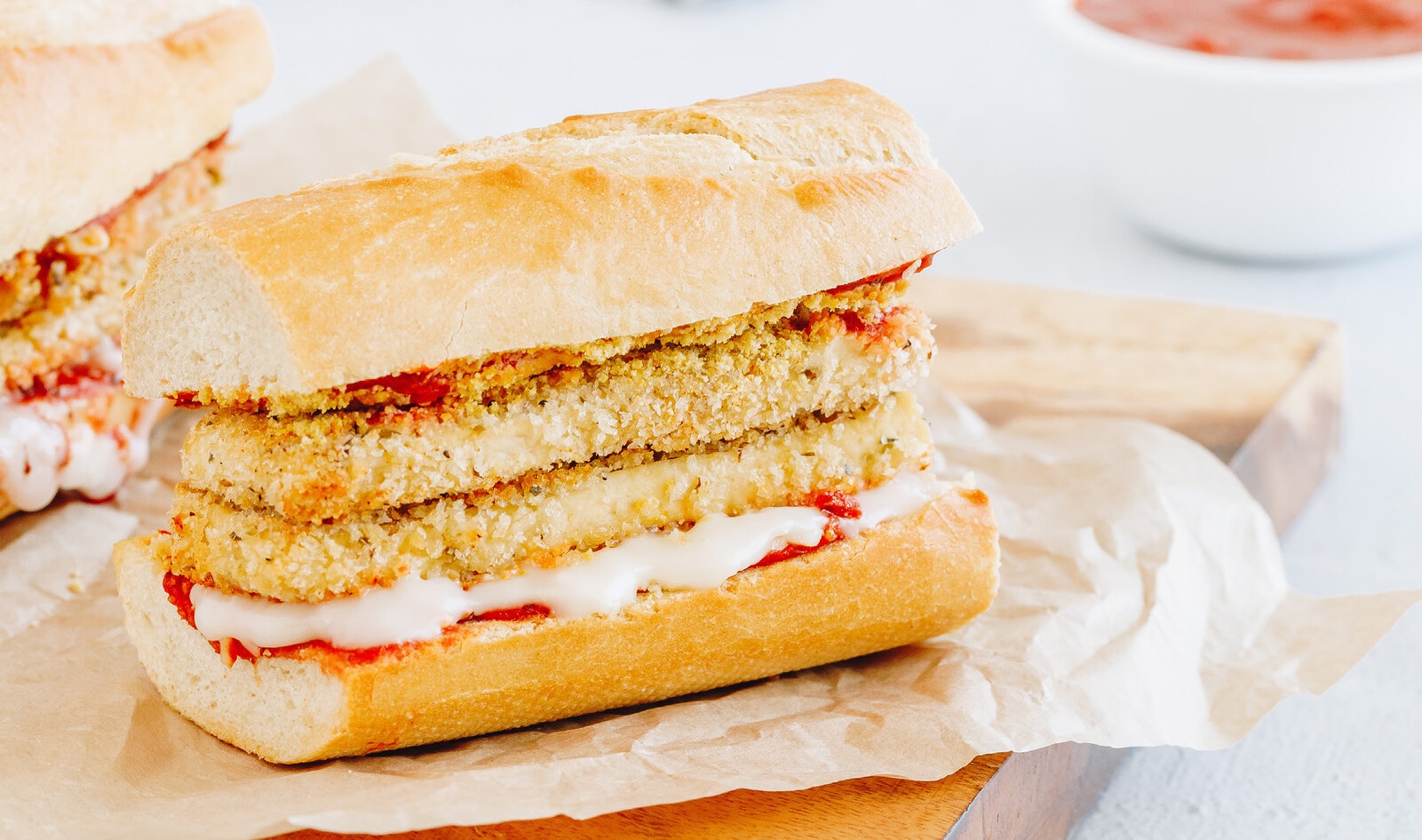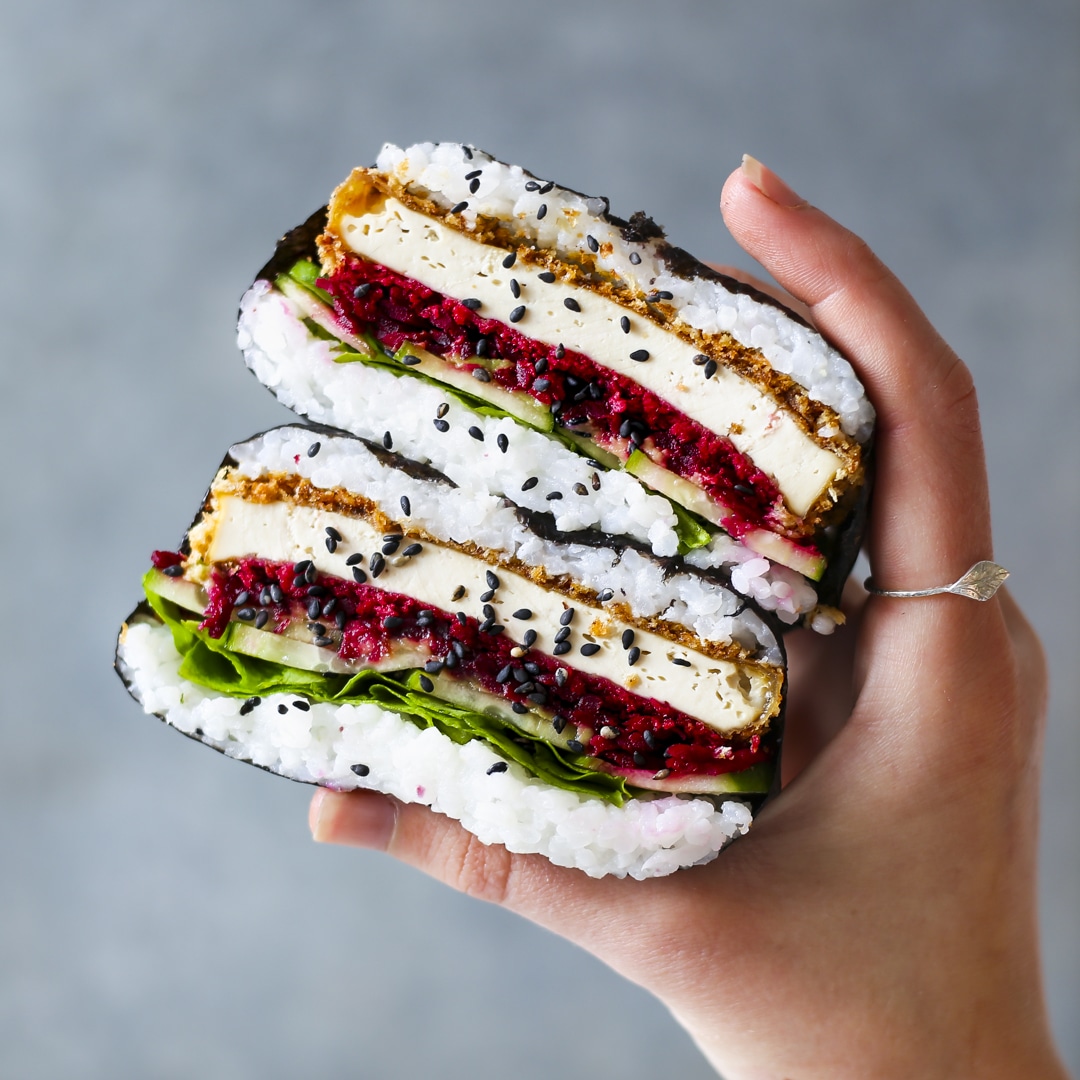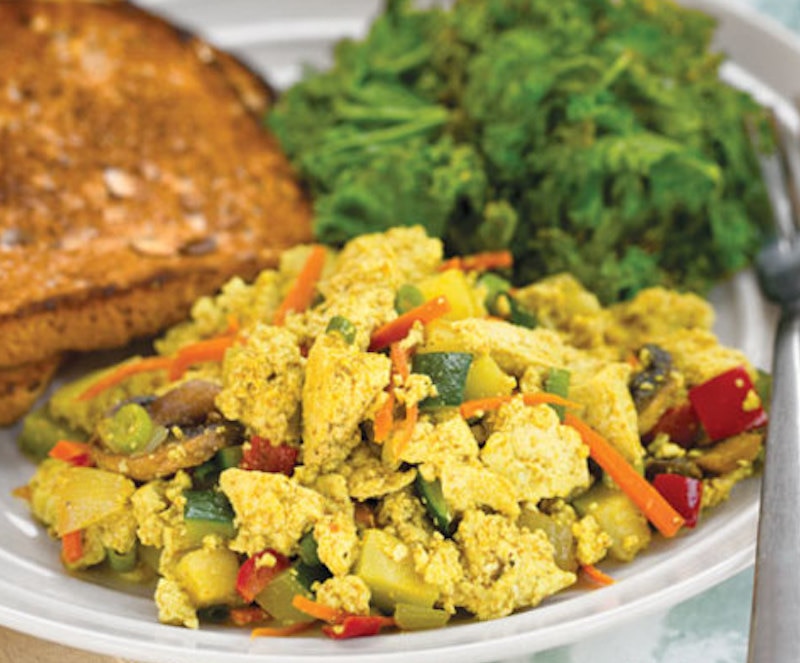Tofu is technically a processed food. It doesn’t come from an animal, it doesn’t spring from the sea, and there is no such thing as a tofu tree. However, just because it takes a few steps to get from A to B doesn’t mean it’s unhealthy.
Tofu has been around for hundreds of years thanks to the ingenuity of ancient Asian cultures. There are multiple theories as to its invention, and with records dating back to 950 AD, there’s good reason for this uncertainty surrounding its origins. However, China is most often given credit for tofu’s existence.
Formed from the industrious soybean, it’s sustained generations of people across the globe. Today, the Western world’s understanding and interactions with tofu range from averse and ignorant to tofu lovers.
Even if you consider yourself a tofu pro, you may not know what it actually is and how it’s made. Here is everything you need to know about tofu—where it comes from, how it affects your body, and how to use it.

What is tofu?
Tofu is coagulated and pressed soy milk. It’s not too far off from the basic process of cheese making, though most cheeses today include a concoction of ingredients while tofu is plain and simple soy.
Tofu makers steam soy milk (pure soy milk, not the kind you’d find with stabilizers or flavorings on the shelf), add a vegan-friendly coagulant to turn it into curds, then press the water out of these curds, forming solid blocks.
Coagulants typically used are gypsum (natural calcium sulphate), nigari (seawater extract/magnesium chloride), and lemon juice (more often used in home kitchens). One caveat—silken tofu is not pressed, it’s simply formed into blocks and retains much of the water, giving it a more delicate texture. More on that below.
Anyone can make tofu at home, though it’s more of a “see how it’s made” exercise rather than a “better than store-bought” recipe. Sometimes, it’s best to leave things to the pros. However, if you can find a local tofu producer rather than rely on a big-box brand from the store, that is always the tastier way to go.
Kinds of tofu
We asked the experts. Sarah—one part of the four-member family food blog The Woks of Life—explained, “One of the most fascinating things about tofu is that it’s not a monolithic ingredient. There are so many different types, all aimed at a different texture, mouthfeel, or cooking application.”
“It can be crispy, silky, chewy, soft … it can be prepared raw, stir-fried, braised, fried, and in soups or hot pots,” she continued. “It all depends on the type of tofu you’re using. We even freeze firm tofu in order to give it a different texture for hot pots and soups.”
When purchasing tofu, it is essential to understand that tofu is found in two sections of the grocery store—the refrigerated section and the shelf-stable section (typically by the dried seaweed and soy sauces).
The shelf-stable tofu sold in the aseptic package is of the silken variety. This tofu is very delicate—even the silken firm variety—and will fall apart if pressed, seared, grilled, or generally heated at all. It’s meant to be used in dressings, sauces, and creamy desserts. Vegan bakers have also had some success with using it as an egg replacer in baked goods when blended into a recipe. You’ve been warned: if your grocery delivery accidentally comes with silken tofu and you think you’ll “just try it” in your stir-fry, you will be disappointed.
The tofu found in the refrigerated section—sealed in a plastic container and covered with water—is the kind you want if you plan to consume your tofu intact.
Soft tofu is still very fragile and is best handled lightly. Don’t press it—just gently cube and toss into your miso soup, soondubu jjigae, or mapo tofu dish. Medium and firm tofu are slightly more concentrated, but they still break up easily and can be used in scrambles. Extra firm tofu is the sturdiest of all forms of tofu. You’ll want to reach for extra firm if you’re grilling, searing, frying, or looking for the “meatiest” texture.
Is tofu healthy?
Tofu is a nutrient-dense and calorie-poor food. We won’t say it’s perfect, but it’s pretty darn close. Note: the firmer the tofu, the more nutrient- and calorically dense it is. Just think about it—the firmer the tofu, the less water there is, meaning more substance.
Extra firm tofu averages around 80 calories for a three-ounce serving (or a quarter of the package). Each serving contains about 4.5 grams of fat (most of it unsaturated), two grams of fiber, eight grams of protein, and about 10 percent of your daily dose of calcium. Tofu—no matter the variety—is also a cholesterol-free food. Some brands also offer fortified options with more protein and calcium.
Does tofu cause cancer?
Due to a miscommunication, tofu has been linked to cancer because it is a derivative of soy. Research has since come out to disprove this link.
Soy contains phytoestrogens which are plant-based estrogens that act differently than mammalian-based estrogens. Phytoestrogens bind to estrogen receptors and can block animal-based estrogen, thereby regulating the amount of estrogen in one’s body.
What people need to be more concerned about is dairy milk which contains animal estrogen and can elevate estrogen levels to a concerning degree. In fact, a recent study found that women who consumed just three glasses of cow’s milk a day increased their relative risk of breast cancer by up to 80 percent in comparison to soy milk drinkers. Of course, anything in excess can lead to issues, but unless you’re consuming a block of tofu for every meal and guzzling soy-based shakes in between, you shouldn’t have to worry about any negative health effects in regards to tofu.
 House Foods
House Foods
Do you need to press tofu?
Well, here’s a rhetorical question: do you want your tofu to taste good? Then yes, it’s advised to press your tofu.
There are a plethora of ways to get water out of tofu—from the rushed squeeze with a bunch of paper towels to the makeshift Vitamix-balanced-on-a-cutting-board approach to the advanced tofu press.
We’ve tried them all and eventually graduated to the tofu press. At $20-$30, it’s a worthy investment if you plan on making tofu even on a monthly basis. While piling heavy things on a cutting board does the trick, the press is just more convenient and less demanding of precious counter space. It’s highly recommended to budget 10-30 minutes for your pressing vessel of choice to squeeze the water out of your spongy soy block, but if all you have is paper towels and five minutes, it’s far better than nothing.
How to prepare tofu
There are a multitude of ways to prepare tofu. Here are seven of our favorites.
1 Freeze it
To impart the maximum amount of flavor in your block of soy, freeze it first. Hannah Che of The Plant-Based Wok educated us on the history and preparation of this centuries-old tradition: “My parents grew up eating frozen tofu in northern China—it was a thing centuries before frozen tofu became popular on the Internet! Back then most families did not have refrigerators or freezers at home, so they bought it in icy slabs from the village’s tofu vendor, or they froze it themselves in the frigid winter.”
“Freezing tofu changes its cellular structure—as the water in the tofu freezes into ice crystals, all the moisture is pulled out of the curds, leaving a darker-colored and marvelously porous tofu that absorbs flavors and sauce. If you freeze soft or medium tofu, you’ll get a looser sponge with open crevices, which is delicious in soups. Using firm or extra-firm tofu produces a denser sponge that can withstand stir-frying or braising.”
Get the RECIPE
2 Grill it
According to Kenji Lopez-Alt, the key to a good grilled tofu is its girth. You’ll want to use extra firm tofu and cut big, thick slices. He also advises using slow, indirect heat for a crispy, evenly cooked slab of soy, then marinating it after it’s grilled. Perfect your technique with this recipe for Grillable Katsu Burgers.
Get the recipe
3 Fry it
When battered and fried, a simple block of bland soy can turn into a convincing fried fish analog. You’ll want to press as much water out of your block as possible and make sure it’s dry before the dredging process—remember, water and oil do not mix.
GET THE RECIPE
4 Sear it
Not quite deep-frying, a good seared, pan-fried tofu still results in a crispy finish with a soft interior without using inches of oil. This style works well in stir-frys, but the trick is to cook the tofu first, remove it from the pan, heat the other ingredients, then add it back in at the last minute to absorb some of the sauce. Use this recipe to master tofu searing, and apply to your stir-fry dinner.
Get the recipe
5 Soup it
Soup is one of the few applications where you’ll want to reach for a softer tofu. The silkiness of soft tofu gives little resistance and allows the tofu to slide down your throat with each comforting spoonful. Try a traditional Korean soup such as soondubu jjigae or doenjang chigae (soybean stew). The Korean Vegan blog is our top resource for these spicy, warming soy-based soups.
Get the RECIPE
6 Bake it
A solid, baked tofu can add texture, flavor, and nourishment to virtually any dish—sandwiches, salads, grain bowls, pastas … you name it, baked tofu will make it better. Try the recipe below then get creative with sauces, herbs, and spices.
Get the recipe
7 Scramble it
Before JUST Egg and other vegan egg products, there was scrambled tofu. While these new developments are extremely satisfying, we still crave a quality tofu scramble from time to time. So customizable, budget-friendly, and quick to prepare, scrambled tofu will always have a place alongside our toast, stuffed in breakfast burritos, and underneath dollops of salsa.
Get the recipe
For more about tofu, read:
JUMP TO ... Latest News | Recipes | Guides | Health | Shop



















